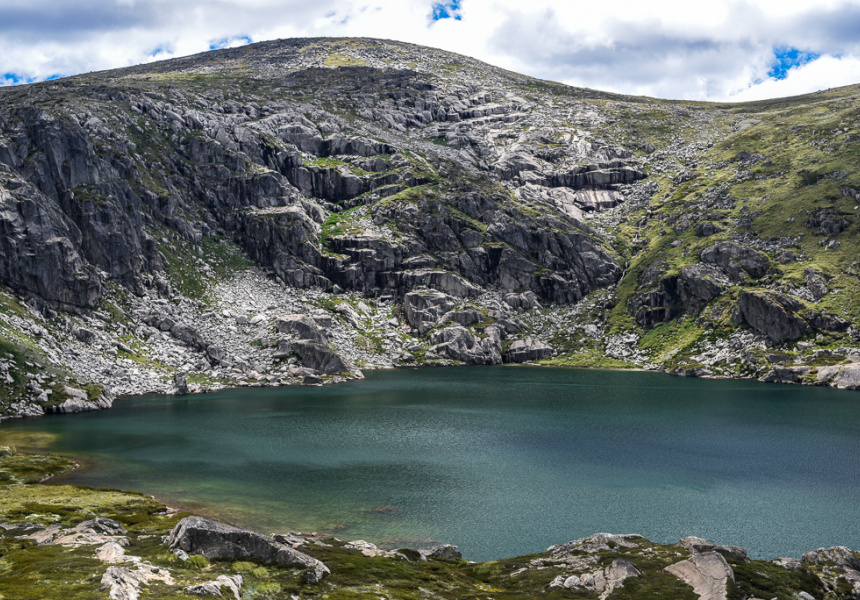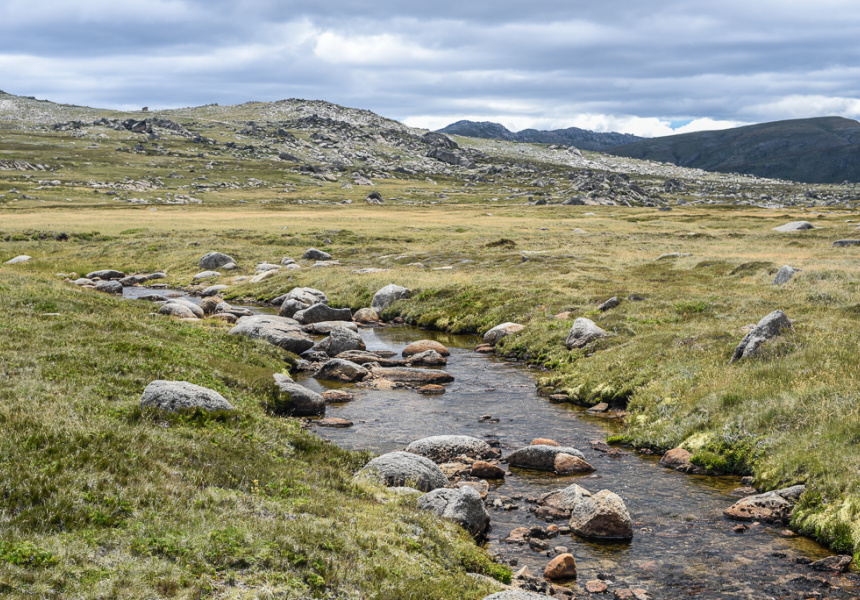A little bit of effort goes a long way in the Snowies. Traveling a short distance off the main roads, you’ll find solitude in nature. And every season has its colours and charms: in mid-summer the wildflowers put on a show, while autumn sees beautiful foliage and icy mist breathing through the valleys in the morning.
Walkers be warned: the Main Range near Mount Kosciuszko can be challenging in bad weather, but give it respect and it will reward you with beauty in spades.
Here’s four sights worth setting your eyes on.
Never miss a Melbourne moment. Make sure you're subscribed to our newsletter today.
SUBSCRIBE NOWYarrangobilly Caves
Discovered by a stockman in 1834, these 440-million-year-old limestone caves are easily the best underground attraction in the Snowy Mountains. There are six caves open to the public, with guided tours available for four. The cave formations are all beautiful and tastefully lit, and on a hot day they’re mercifully cool.
Thermal Pools
The Yarrangobilly thermal pool – 20 metres longs and 2.5 metres deep – lies 700 metres downhill from the caves. Fed by a natural spring, it's permanently heated to 27 degrees and is surrounded by a lawn and trees. (There’s a smaller children’s pool right next to it.) It's lovely in the summer, but well worth visiting in the winter for the chance to bathe outdoors surrounded by snow.
Blue Lake
This stunning, deep alpine lake is the result of glaciation during the last ice age. It's difficult to get to, but worth the effort. The surface of the lake is frozen four months of the year; the lake then overflows in spring as the snow melts. Reach it by taking a short diversion from the Main Range walk, or doing the 10 kilometre return trip from Charlotte Pass. It's a stunning pit stop and provides an unforgettable backdrop for photos.
Seaman’s Hut
This stately stone hut is named after Laurie Seaman, a skier who perished at this location in 1928 after he was caught out in a blizzard. The hut melds into its mountain surroundings, and the Etheridge Ridge towering overhead is a majestic landmark. It now functions as an emergency shelter (not for general overnight use), reminding all who pass by to take care and watch conditions.
This article is produced by Broadsheet in partnership with Destination NSW.




